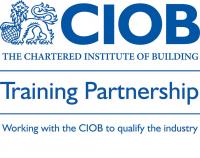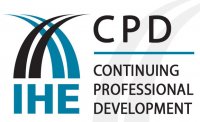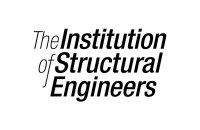Overview:
Directing safely for small and medium sized enterprises' is designed to ensure that health and safety is appreciated by people at the most senior levels.
- the course reflects the principles embodied in:
the HSE's 'Successful health and safety management' (HSG65) - the Turnbull Report ('Internal controls: guidance for directors on the Combined Code')
- the DETR/HSC's 'Revitalising health and safety' strategy statement.
Aims & Objectives:
The course aims to provide directors/owners of small and medium sized enterprises with an understanding of the moral, legal and business case for proactive health and safety management and to give guidance on effective risk management.
On successful completion of the course, delegates should be
able to:
- understand the importance of strategic health and safety management and its integration into other business management systems
- understand directors' and employees' statutory duties
- identify accident causes and plan for prevention through hazard identification, risk assessment and control strategies
- appreciate the consequences of failing to manage health and safety effectively
- understand the importance of employee selection and the effect of human factors on health and safety
- recognise the importance of consultation and communication with employees on health and safety issues
- appreciate the significance of performance monitoring for continual improvement
of health and safety management.
Course Outline:
Module 1 - Aims and objectives
- Overview and introduction to the programme
- Assessment details
Module 2 - Health and safety management - good business sense
- The moral, legal and economic reasons for promoting health and safety in the workplace
- The role of directors in health and safety management
- The basic principles contained in the 'Revitalising health and safety' strategy statement
- The Turnbull Report and corporate governance
Module 3 - Health and safety - getting it wrong!
- The meaning of the term 'accident'
- Immediate and root causes of accidents
- The costs of accidents: direct, indirect, insured and uninsured
- The powers of health and safety inspectors
- The charges of manslaughter and corporate manslaughter
- The roles of Magistrates' courts and Crown courts
Module 4 - Health and safety - getting it right!
- The difference between civil and criminal law
- What is meant by the terms 'negligence', 'contributory negligence' and vicarious liability'
- What is meant by the terms 'absolute duty', 'so far as is practicable' and 'so far as is reasonably practicable'
- The difference between Acts, Regulations, Approved Codes of Practice and Guidance notes
- The principles of safety management systems
Module 5 - Planning for success
- The process of continual improvement with regard to health and safety
- Hazard and risk
- The process of risk assessment and the function of risk control systems
- Understanding the principles governing workplace precautions
- SMART
Module 6 - People - your most valuable asset
- Factors affecting human behaviour
- The reasons for human error
- The need for careful selection of staff
- The need for good health and safety training
- The role of consultation and communication
- Occupational health issues
Module 7 - How well are you performing?
- The meaning of and recognising improvements in performance
- Relating performance standards to legal requirements
- The drawbacks of accident statistics
- Other sources of statistical information relating to accidents
- What is meant by active and reactive monitoring
Module 8 - Improving performance
- The key areas for improving performance and identifying key objectives
- The need for an action plan
- The benefits of setting target dates
- Appreciating the need for allocating responsibility
- Performance indicators
- The process of change
Relevant legislation should be discussed within the context of each module.
Note: listings in all modules are not necessarily fully comprehensive. Authors
may add any subjects that they think may be relevant to the specific sector.
Intended For:
The 'Directing safely for small and medium sized enterprises' course is intended
for people with strategic responsibility for determining and implementing
effective health and safety management within an organisation. By definition,
the term 'small and medium sized enterprises' applies to organisations with
fewer than 250 employees.








